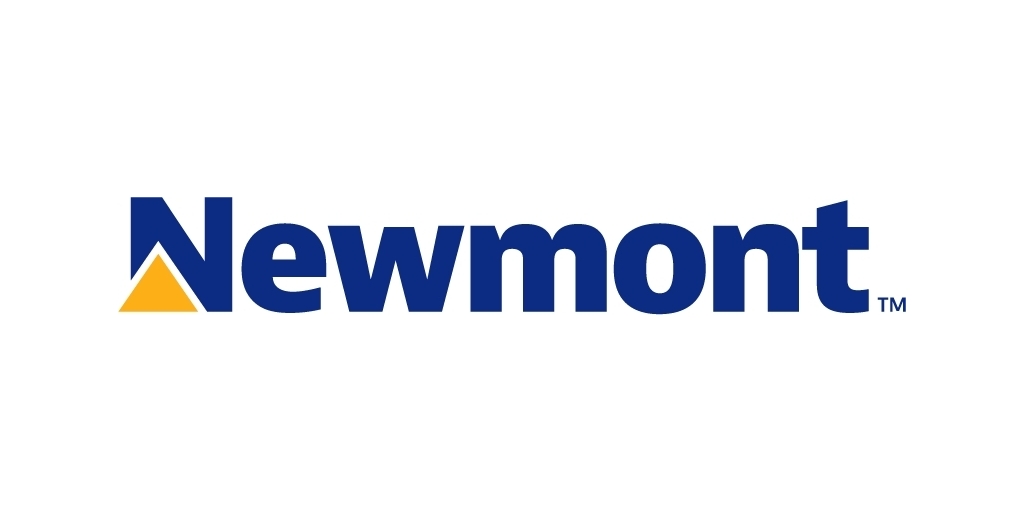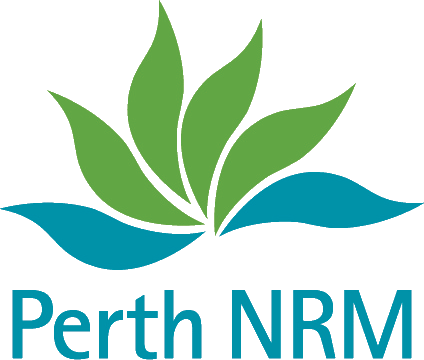

Louise Croeser
Plant Disease Epidemiologist | Murdoch University
Presentation Title: The Use of Reflectance Spectroscopy for Detecting Pathogen Infection in Corymbia Calophylla (Marri)
Meet the Presenter:
Louise Croeser is a plant disease epidemiologist with Biosecurity at the WA Department of Primary Industries and Regional Development (DPIRD). She is involved in the analysis of surveillance data from biosecurity incidents such as citrus canker and tomato potato psyllid (TPP). She is also involved in the preparation of pest risk assessments for maintaining area freedom, which is used by the department to protect and secure market access for WA produce.
Louise is experienced in the fields of plant physiology, plant pathology and more recently in the use of hyperspectral measurements for characterising plant responses to stress such as pathogens and water stress. Louise has a keen interest in analysing and modelling data, using various statistical approaches and graphs to represent the data.
In her free time Louise loves to do sport, read, work in the garden and play with their, not-so-small-anymore, Bull Arab puppy.

Abstract:
Reflectance spectroscopy is established as an effective approach for characterising and assessing plant health. It is a non-invasive method, allowing the collection of data relating to leaf chemical composition, foliar structure and water concentration by measuring the radiance reflected by the leaf without destroying it. A variety of instruments are used to collect these data, ranging from handheld or portable field spectroradiometers, to cameras fitted onto unmanned drones, aeroplanes and satellites. Recent developments in this area includes the use of hyperspectral cameras (as opposed to multispectral cameras), which measure reflectance across a large spectral range (visible to short-wave infrared) at smaller intervals (3-8nm intervals).
Reflectance spectroscopy is gaining popularity for identifying diseases with plants, especially in the area of agriculture, viticulture and forestry. Work in this area in Australia includes the development of a spectral disease index for detecting myrtle rust on lemon myrtle trees, rating Phytophthora root rot disease with avocado as well as detecting water stress and P. cinnamomi infection in two grass and two tree species. In this study, hyperspectral reflectance measurements with a handheld spectroradiometer was used to detect the presence of Phytophthora and Quambalaria coyrecup the cause of canker disease in Corymbia calophylla (marri). The hyperspectral reflectance measurements were able to track physiological changes in the marri leaves due to the Phytophthora and canker infections, though more work needs to be done to refine the selection of wavelengths specific to marri.




This event was supported by funding from the Western Australian Government’s State NRM Program, the Department of Biodiversity, Conservation and Attractions, Newmont Boddington Gold, and Perth NRM
This project is supported by funding from the Western Australian Government's State NRM Program


